Above: View of Arctic city of Ilulissat, Greenland. Colorful houses in the center of the town with icebergs in the background in summer.
Guest essay by Dave Burton
CNBC and the Potsdam Institute (PIK) report that:
We’re halfway to a tipping point that would trigger 6 feet of sea level rise from melting of the Greenland Ice Sheet
PUBLISHED WED, MAR 29 202312:12 PM EDT
By Catherine Clifford
KEY POINTS:
● Once people have cumulatively emitted approximately 1,000 gigatons of carbon in total, then the southern part of the Greenland Ice Sheet will melt eventually causing the sea level to rise by almost six feet.
● Once humans have cumulatively emitted approximately 2,500 gigatons of carbon in total, the whole Greenland Ice Sheet will eventually melt and the sea level rise would rise by 6.9 meters, or 22.6 feet.
● And right now, now we are at approximately 500 gigatons of carbon emissions released.
Here’s the article:
https://www.cnbc.com/2023/03/29/were-halfway-to-a-tipping-point-for-melting-the-greenland-ice-sheet.html
Here’s the paper:
https://agupubs.onlinelibrary.wiley.com/doi/10.1029/2022GL101827
Like most things from PIK, this “study,” and this CNBC article, are nonsense.
The best estimates are that since 1850 anthropogenic carbon emissions have totaled about 675 Gt of carbon (a/k/a PgC) (not 500). Over that same period, the amount of CO2 in the atmosphere has increased by only about 135 ppmv CO2 = 287 PgC (gigatonnes carbon). The difference is the amount removed from the atmosphere by natural negative feedbacks, such as absorption by the oceans, greening the Earth, and rock weathering.
(Aside: Petagram ≡ gigatonne ≡ Gt, and “PgC” means “petagram of carbon,” so 1 PgC = 1 Gt of carbon (GtC). 1 ppmv CO2 = 7.8024 Gt CO2 = 2.12940 PgC.)
Yet we’ve only gotten an estimated 1.02 to 1.27 °C of warming from all that CO2, and it’s been accompanied by negligible acceleration in sea-level trends:
https://sealevel.info/MSL_graph.php?id=Honolulu
Another 325 PgC or 500 PgC of emissions would produce even less additional warming than the 675 PgC we’ve already had, and it would have even less effect on sea-level trends.
As a rule of thumb, anytime someone uses a term like “tipping point” or “runaway” in a sentence about contemporary climate change, without pooh-poohing it, it means they don’t know what they’re talking about, and they’re completely clueless about feedbacks.
Imaginary “tipping points” don’t melt ice, only temperatures above 0°C can do that. Thanks to “Arctic Amplification,” Greenland should get more warming than most other places, but still no more than a few degrees. That much warming would be nice for the hardy people who live there, but it could not melt the southern part of the Greenland Ice Sheet, because water has to get above 0°C to melt, and the southern part of the Greenland Ice Sheet averages much colder than that.
What’s more, we know that Southern Greenland was considerably warmer, 1000 years ago, during the Medieval Warm Period. We know that because Norse settlers successfully grew barley there, and the growing season now is too short for that, even with modern fast-maturing cultivars. Norsemen buried their dead in earth that is now permafrost, too. Yet that much warmer Greenland climate nevertheless produced no notable spike in global sea-levels.
That might be because in a warming climate, there are factors which both increase and decrease sea-level trends.
On one hand, ice which is near 0°C can melt, and if it was grounded (rather than floating) that would raise sea-level. Also, thermal expansion at the ocean’s surface can increase sea-level rise locally, though it doesn’t affect sea-level elsewhere. Those are things which raise sea-level.
On the other hand, warmer temperatures increase snowfall accumulation on glaciers and ice sheets, sequestering water, and thereby lowering sea-level, in two ways:
● Warmer air carries more moisture, increasing snowfall on glaciers & ice sheets. For each 1°C of warming the moisture-carrying capacity of the air increases by about 7%. That’s why the heaviest blizzards occur when temperatures are not far below freezing.
● Reduced sea-ice coverage increases Lake/Ocean-Effect Snowfall (LOES) downwind, some of which accumulates on glaciers & ice sheets.
The importance of the LOES is illustrated by the amazing story of Glacier Girl, a P-38 warbird which made a forced landing on the Greenland Ice Sheet, not far from the ocean, during WWII. She was buried by snowfall which averaged about 70 feet/year! Remarkably, she was nevertheless recovered (in pieces) from beneath the ice, fifty years later, and is once again airworthy. (click to enlarge)
The fact that global warming has not been accompanied by significant sea-level rise acceleration strongly suggests that the factors by which a warming climate increases sea-level and the factors by which a warming climate reduces sea-level are similar in magnitude, and largely cancel.
Furthermore, it’s not “cumulative carbon emissions” which affect temperatures, it’s the concentration of CO2 currently in the atmosphere. The authors of this awful paper seem to think that CO2 emissions just accumulate in the atmosphere, but that is untrue. As that atmospheric CO2 concentration increases, the natural negative feedbacks which remove CO2 from the atmosphere accelerate sharply. They are already removing more than 5 PgC per year from the air, and that removal rate accelerates by 1 PgC/year for every approximately 20 to 23 ppmv rise in atmospheric CO2 concentration.
Since the current CO2 emission rate is only outstripping the natural CO2 removal rate by about 5.3 Gt of carbon per year, that means the current CO2 emission rate is only sufficient to increase atmospheric CO2 concentration by about 100 to 125 ppmv. That means mankind could emit CO2 at the current rate forever (or until all the coal ran out), and the atmospheric CO2 concentration would still never reach even 550 ppmv.
An increase from 420 ppmv to 550 ppmv would yield only 39% of the radiative forcing of one “doubling” of CO2. For comparison, we’ve already seen 58% of the radiative forcing of a doubling of CO2 (plus about half that much from other GHGs).
The effects on temperatures have been modest and benign, the effects on sea-level have been negligible, and the effects of higher CO2 levels on agriculture and natural ecosystems have been highly beneficial.
###
Dave Burton @ncdave4life is the creator of the sealevel.info web site, a member of the CO2 Coalition, and a two-time IPCC Assessment Report Expert Reviewer. He lives in Cary, NC.


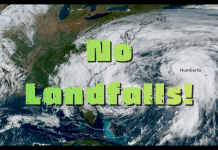

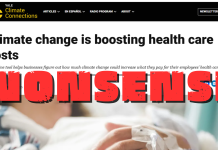
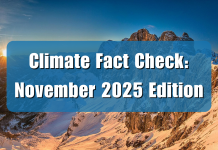
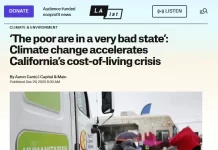








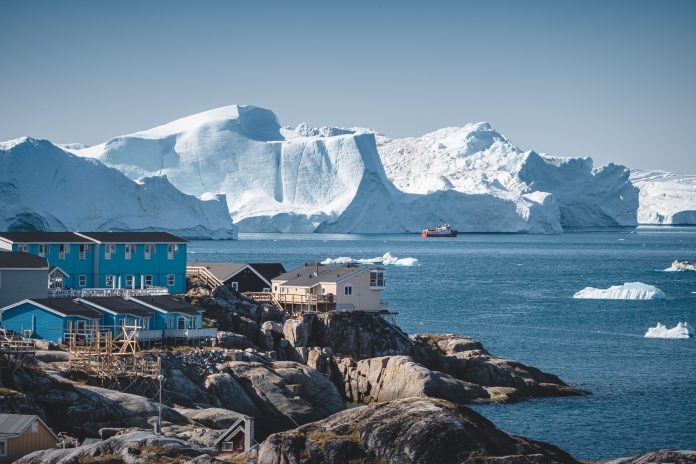











Love your research, about time there is research which reveals the truth about our changes in climate. Thankyou!
It’s about time that the truth about our climate is revealed. No more tipping points or extinction events.